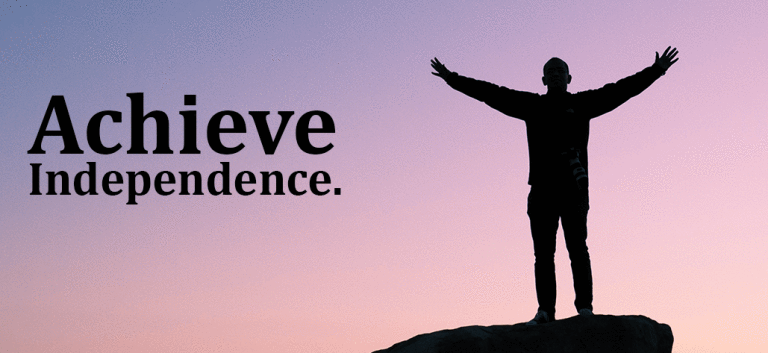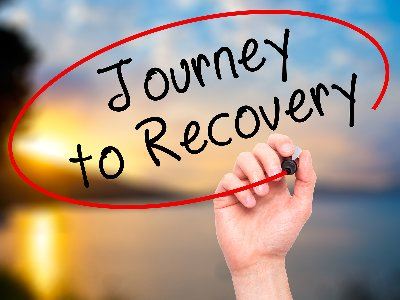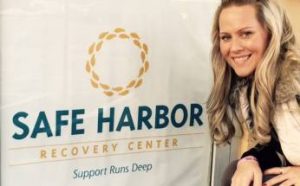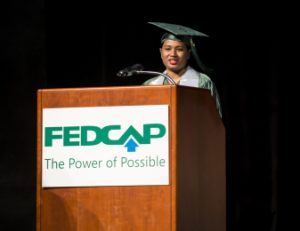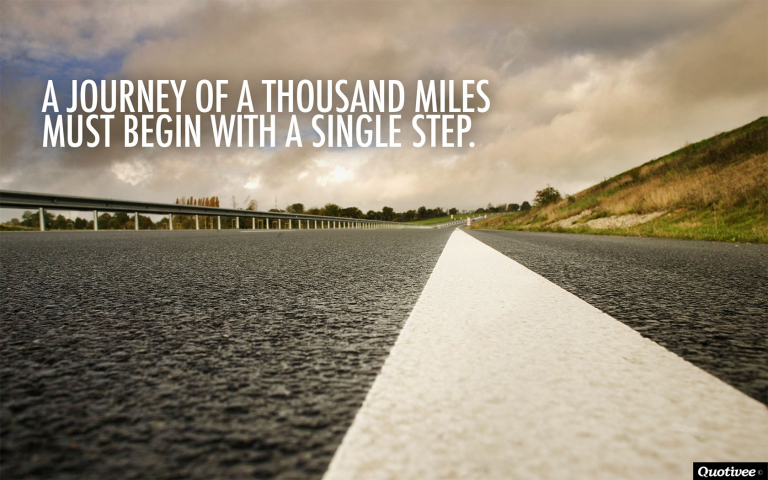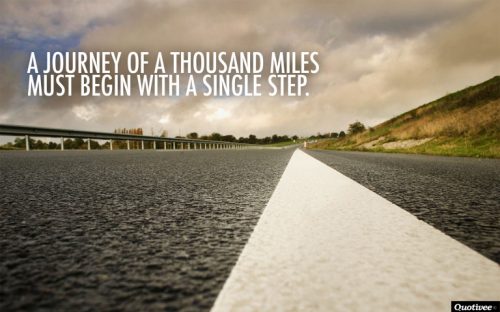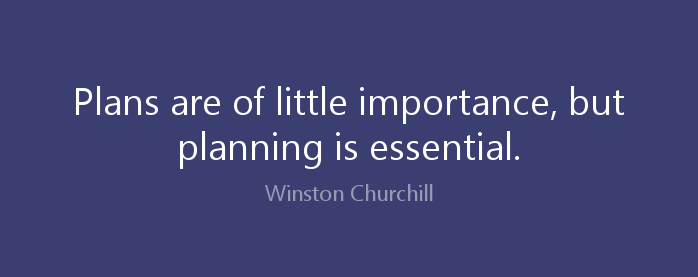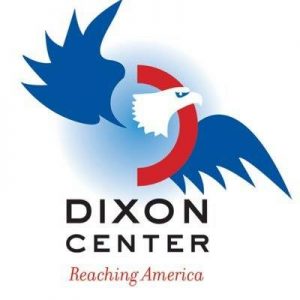Independence, Interdependence, and Self-sufficiency
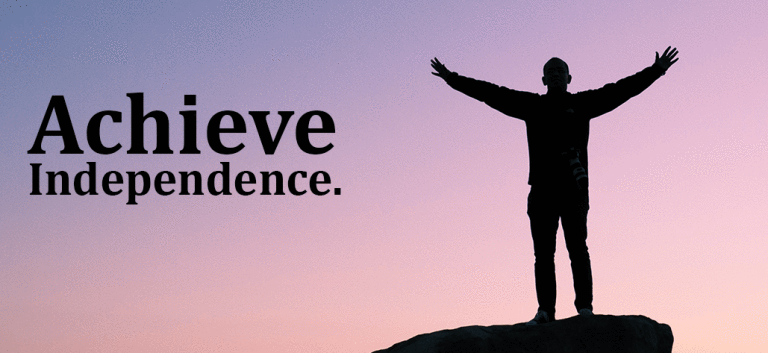
This week we celebrate Independence Day, a day hard-won in our nation’s history. Independence never comes easy. It means turning away from what one knows, facing the unknown, often treacherous future, and having a great deal of faith that one will survive a new life. Our American ancestors were brave souls who fought hard for freedom. Independence takes courage, the willingness to stand for oneself, and hard work to sustain a new life.
Our business is helping people become independent. It is a complicated business. Independence means self-sufficiency in the form of job stability, safe and affordable housing, educational attainment, literacy, and connection within a close community—whether it be family or a chosen kinship. Helping others become independent means having resources for a whole spectrum of care—from crisis intervention to job retention. It means creating a pathway from surviving to thriving.
Just as those who fought for freedom in this country over two hundred years ago, individuals fighting for self-sufficiency must first determine that they want to change the status quo. They must have a vision of what their lives could be like if certain things were to change. And then they must have quick and ready access to resources to help them attain that change. No one can attain independence without the help of others. Rather independence is really about interdependence.
As providers of services to those who seek help, it is our task to ensure that we have the right resources at the right time in the right place to help. And, the continuum of care doesn’t end with someone simply landing a job. Rather, it means supporting individuals so that they are able to enjoy permanent, stable employment of choice, a job with a career.
Each day, we hear stories of individuals whose lives have changed as a result of the support they received from someone who believed in them and helped them believe in themselves. This is how independence is achieved. The first step is believing in the power of possible. The rest is finding the right resources to achieve that power.

